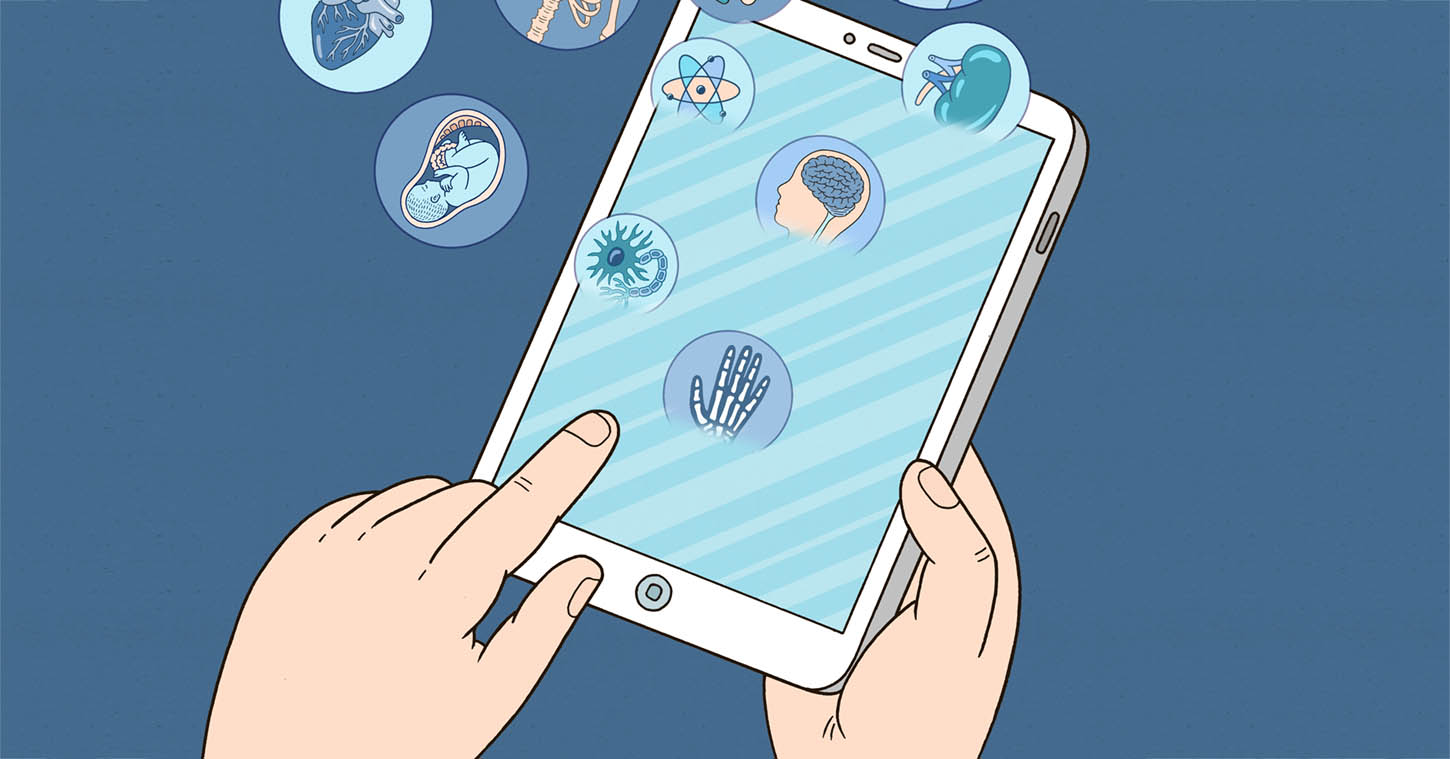ElsevierHealthcareSeries
To better support clinical decision-making, we need to think outside the EHR box
By Ian Chuang, MD - August 17, 2020

In his recent Harvard Business Review article, John Glaser, former SVP of Population Health at Cerner Corp. and CEO of Siemens Health Services, asserted that the emergence of the COVID-19 pandemic not only presented a “mind-boggling array of challenges” for US healthcare but also exposed the limitations of the electronic health record (EHR) in helping physicians deliver care.
His solution: Speeding the “overdue” overhaul of the EHR to transition from an emphasis on a person’s medical record to an emphasis on their plan for health and from a focus on supporting clinical transactions to a focus on delivering information to the provider and the patient.
It is a salient article, and I recommend it. However, at Elsevier, we also believe the future state of healthcare information technology (HCIT) should more closely align with a knowledge-based system. Supporting this knowledge-driven process of patient care will require a knowledge platform based on human-centered design principles, with capabilities to easily access and deliver knowledge and insights from heuristic references and guidelines, predictive models and precision medicine at the individual patient level to the point of care.
Current technology is tailored to healthcare delivery by automating “what do you want to do?” (specific to patient care encounter or episode)” as opposed to explicitly aiding the clinicians with regard to “what do you want to know (about the patient, the condition, and/or treatment)?”
Over the years, the EHR, originally designed for billing and reimbursement, evolved into a care process transaction system designed to bring efficiencies to the delivery of quality care. Despite these good intentions, however, EHRs generally are seen as more pain than gain, an actual drag on productivity. For instance, physician burnout has reached critical proportions in the United States in recent years, and the EMR is one of the most frequently cited drivers of physician dissatisfaction.
The cognitive work of the healthcare professional related to clinical decision-making is the starting point for every patient care interaction leading to care and treatment. Before any healthcare professional begins any treatment, the initial work is focused on determining what is going on through assessment and diagnosis. Knowledge and clinical decision support (CDS) seem to have taken a back seat and ended being a secondary focus to the user needs related to care transactions and billing. Once the EMR has been stood up, we’ve attempted to tackle the needs of clinical decision support within the confines of the EMR architecture, with varying degrees of success.
The reality is that CDS and knowledge-base use to aid clinical decision-making requires its own platform that is adaptive to support innovation and interoperability. Knowledge and CDS comes in many forms and from many sources. Healthcare professionals would benefit from a different and, ideally, single common point of access for decision-making before proceeding into a transactional system supporting the actual care delivery.
The simple truth is that, as a transactional platform, the EHR does not fully address the clinician’s pain points and important specialized skill: clinical decision-making. It cannot do so without achievement of digital transformation that connects workflow, data flow and, significantly, decision flow into the system redesign. Without that interconnection, other than providing access to functional tools, today’s EHRs do not do a good job supporting the physician’s cognitive work of decision making – that is, the assessments, diagnoses and treatment decisions that pretty much make up the core part of their days.
Clinical decisions take place first before care is actually provided. All the extra years of clinical education and training focuses on gaining the experience and know-how to figure out what’s going on and what to do before doing it in the performance of providing care. A matching knowledge platform should focus on facilitating these important clinical tasks.
And there’s the rub.
How do we innovate within the rigid, siloed “box” that is the EHR and create a truly user-centered design to support the expertise of practitioners in clinical decision making? Perhaps the better answer is to think outside the box.
Just like FinTech and thinking about banking beyond the traditional transaction via a teller at the counter, telemedicine is pushing assumptions of how care can be extended beyond the walls of hospitals and doctor’s office. We should start challenging assumptions that physicians start and end in the EMR.
Such a knowledge-based platform, or ecosystem, would be intelligence-oriented, seamlessly interoperable with workflow and patient-centered care. It would serve as the intersection of data and the kinds of decisions clinicians are making through the use of current knowledge and decision support. It would marry that process with the outcomes being tracked and learn from that through complex analytics, machine learning and AI. This would build new knowledge and capability that gets looped back in, so current information can be applied quickly and seamlessly. The system also would continuously mine and revise the knowledge base, helping the physician stay current and advancing their knowledge in real time at point of care.
By elevating beyond the transaction system functions through clinical decision support systems and providing easy access to the most current knowledge, the EHR envisioned could more effectively address the established goals of better outcomes at reduced costs, while creating a foundation for handling unforeseen events. Quality and safety outcomes start with clinicians making the most optimal decisions regarding care. Key to this vision is the smart integration of decision support capabilities that enable the various clinical decisions to flow through the clinical workflow of the patient care journey.
What would some of the key features and requirements be for such a knowledge platform? In subsequent papers, we will ask healthcare informaticists and executives at Elsevier what are key considerations for a knowledge platform aligned to a knowledge-based care process.

Ian Chuang, MD
Dr. Ian Chuang is the global Chief Medical Officer (CMO) for Elsevier's EMEALAAP Health business. Dr. Chuang’s focus at Elsevier is collaborating with healthcare leaders to improve Healthcare Information Technology (HCIT) adoption, especially as it relates to clinical decision support and improving health system decisions and processes of care to improve outcomes. Dr. Chuang’s experience spans the entire care continuum, including applied healthcare informatics, controlled medical terminology, knowledge representation, CDS and analytics. Prior to joining Elsevier, he held roles at both strategic level management of healthcare systems and physician leadership, and hands-on implementation of process optimization at the point of care. His insights span the full spectrum of delivering knowledge-driven care, whether capturing and structuring data, analytics and predictive modelling, or CDS functionalities intersecting with clinical workflow.
Cookies are used by this site. To decline or learn more, visit our cookie notice.
Copyright © 2025 Elsevier, its licensors, and contributors. All rights are reserved, including those for text and data mining, AI training, and similar technologies.